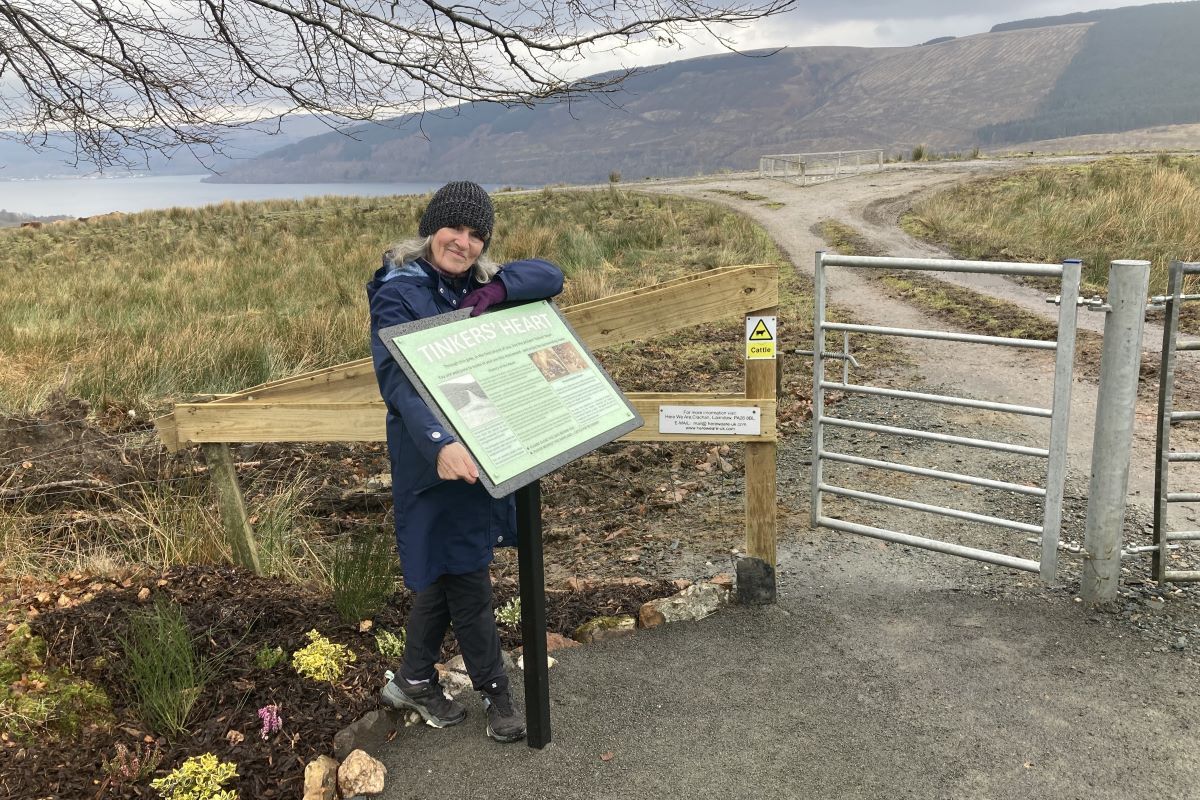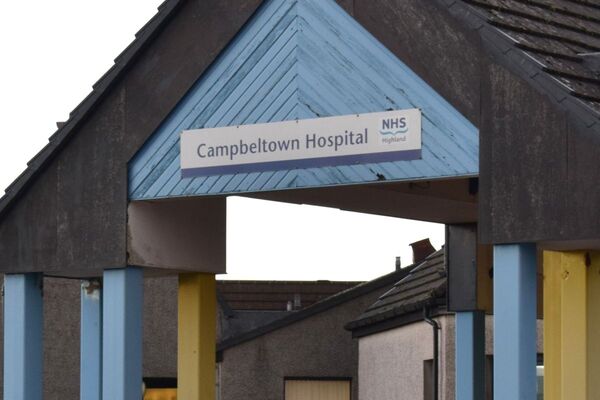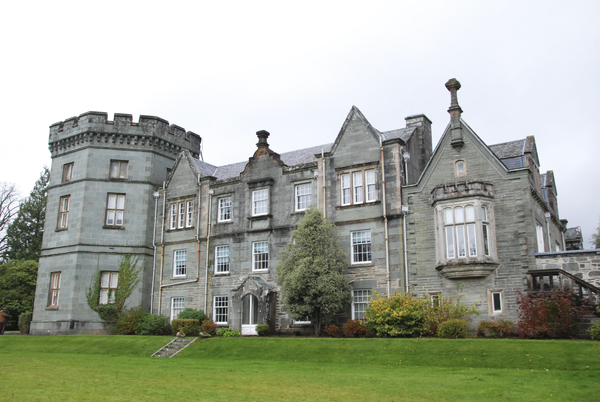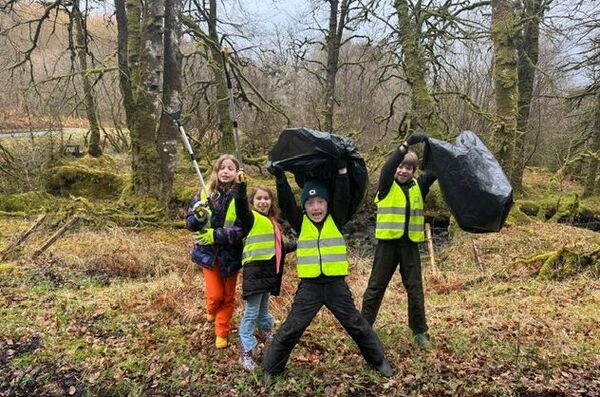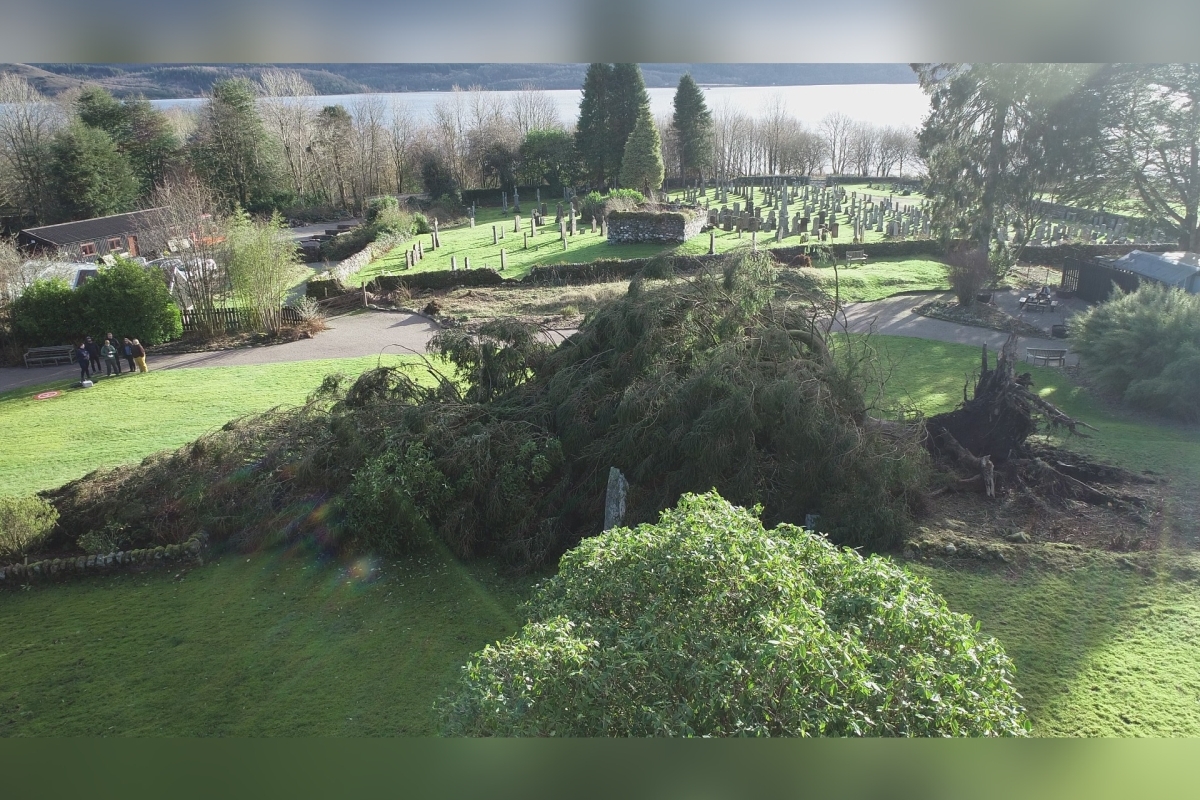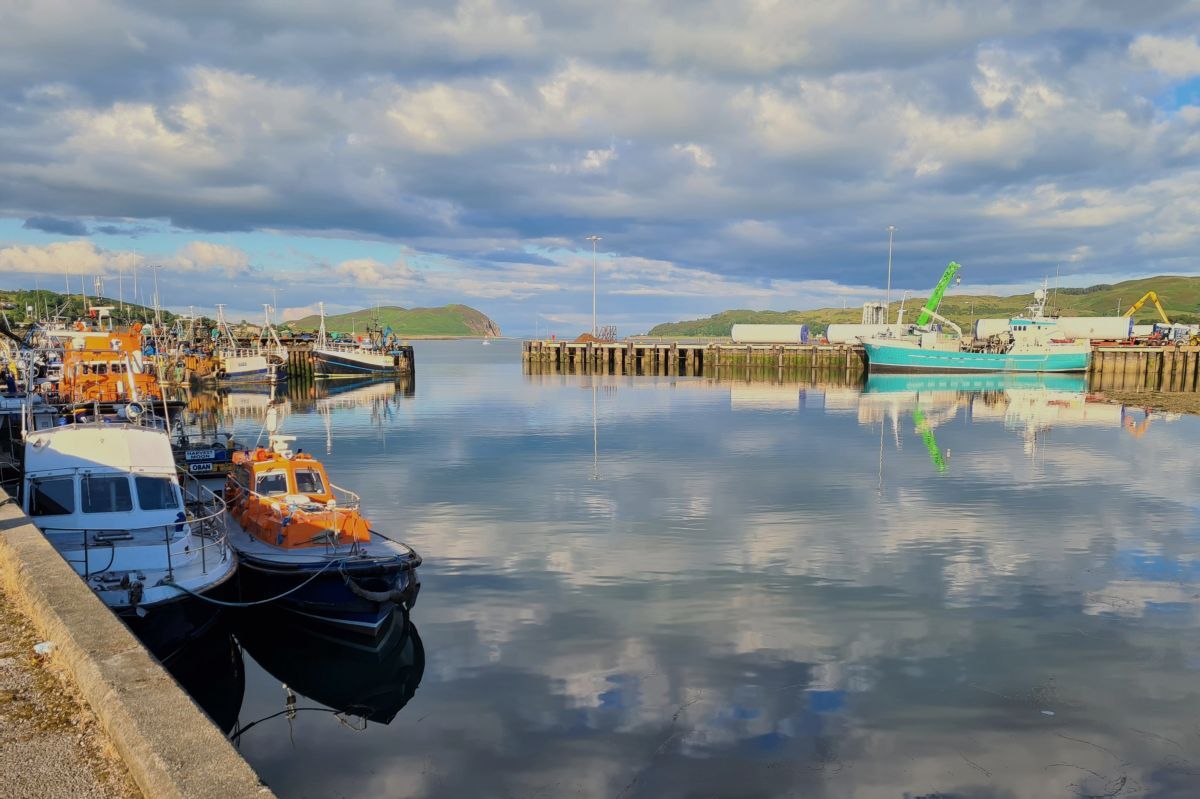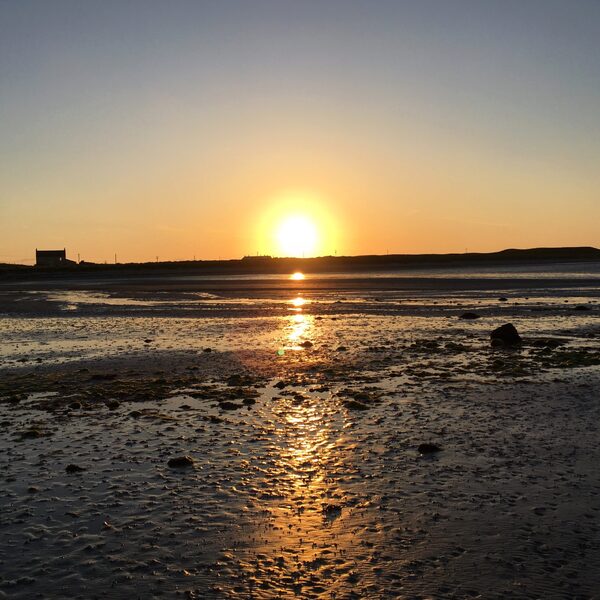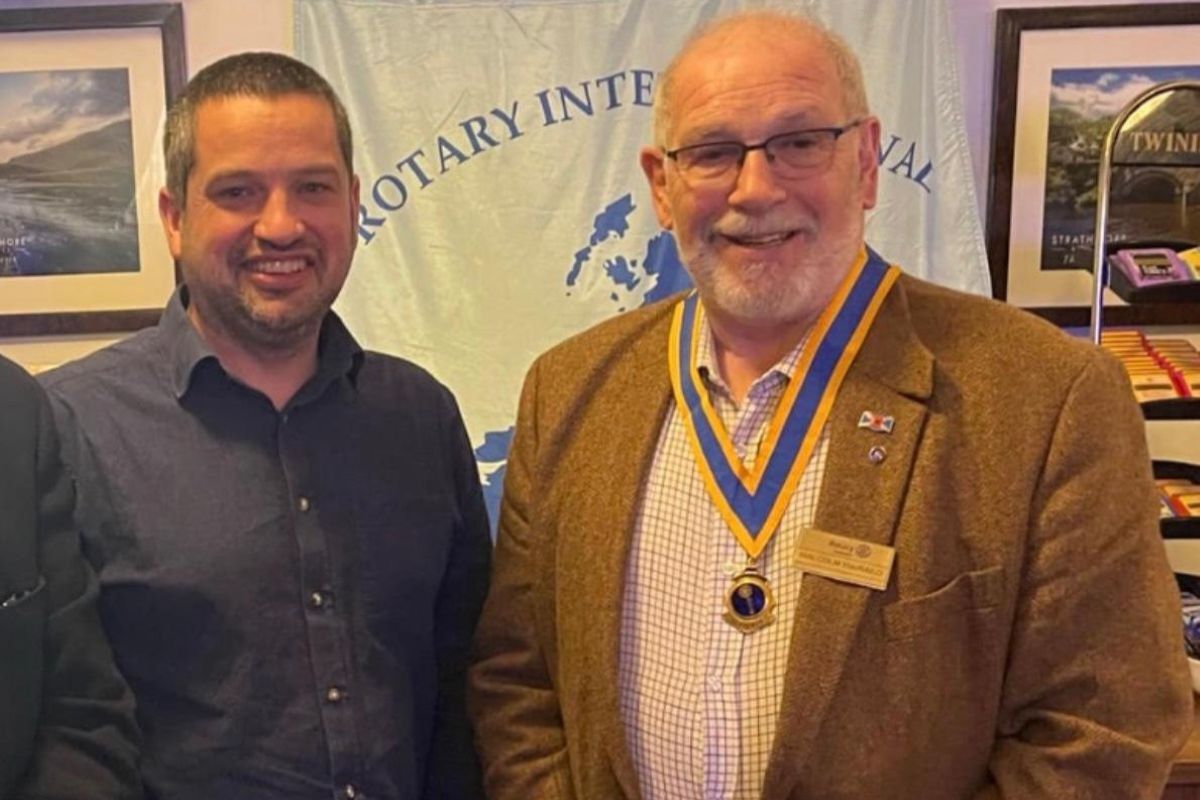New sign tells the tale of the mysterious Tinker's Heart in Argyll
A century after the Tinker’s Heart by Loch Fyne, "the only physical monument to the Traveller people of Scotland", was almost erased from history, a new sign has been erected to tell visitors and locals its remarkable story.
The origins of the Tinker’s Heart, composed of white quartz stones set in a heart shape at an old crossroads overlooking the top of Loch Fyne, is lost in the mists of time.
But stories say the Heart, located off the A815 near Cairndow, has been a "sacred" spot for Scotland’s Travelling folk for centuries, where they marked births, marriages, and funerals.
The national record of Scotland’s historic environment, Canmore, explains that the heart measures 1.75m by 1.4m, with 25 quartz pebbles visible around the edge, and a 26th in the centre.
"It is not known whether the missing stones have been removed or have simply become more deeply embedded and hidden in the Tarmac," Canmore adds. "The site is still visited, and coins continue to be placed next to the central stone."
Newspaper reports from 1928 show that Lady Campbell of Strachur House was horrified to find that road workers had covered the Heart in Tarmacadam, and she demanded that it be restored, which it was.
Following road realignment work in 1967, the Heart lay in a field and was all but forgotten, disappearing into the mud. In recent times the Heart was enclosed by a fence.
This century, a campaign to enhance the site has been led by Scottish Traveller and author Jess Smith, and two groups Heart of the Traveller (HOTT) and Here We Are.
The Heart was scheduled as a Monument of National Importance by the Scottish Parliament and Historic Environment Scotland in 2015.
A new pedestrian gate was installed in September, and this month a new interpretation panel was placed by the gate to welcome visitors. Joint funding of around £1,000 came from both groups to enable the work.
Jess explained: "Tinker is a word that was used by the last generation for Travelling people, and in particular in Argyllshire and the Highlands. This was an area that, to the Travelling people, had existed for generations.
"It was where Travellers married. It was where women took their babies to be blessed. It was where the dead came to be also blessed before they were buried in the surrounding countryside. Because Travellers didn’t belong to any church, they didn’t have any particular place.
"The Tinker’s Heart to me is all about how we respect our culture, not just a culture, but everyone’s culture. We are all equal.
"Nobody knows how long the Tinker’s Heart, those stones, white quartz, has been in the ground. It’s always been a sacred circle, a sacred place."
Describing the history of the Heart, the new information panel reads: "The Traveller people of Scotland, once referred to as Tinkers, have revered this spot for centuries, possibly due to its location at a crossroads where many families would have met and parted on their working journeys across Argyll and the wider country.
"Generations of Travellers congregated here for weddings, baptisms, and funerals. Local people have also honoured this ancient place by having their own wedding ceremonies conducted here.
"Local folklore tells of a time when, after the Jacobite defeat at the Battle of Culloden in 1746, Traveller women across Argyll each took a white quartz stone from the shore of Loch Fyne to represent their soldier lovers who were killed during the battle. They were then set into the ground to form the Tinkers’ Heart.
"With few written records, the story of the Tinkers’ Heart is something of a mystery. But what we do know is that it has always belonged in the hearts of Scotland’s Traveller people – the pilgrims of the mist."
Sign up to our daily Newsletter
Permission Statement
Yes! I would like to be sent emails from West Coast Today
I understand that my personal information will not be shared with any third parties, and will only be used to provide me with useful targeted articles as indicated.
I'm also aware that I can un-subscribe at any point either from each email notification or on My Account screen.

